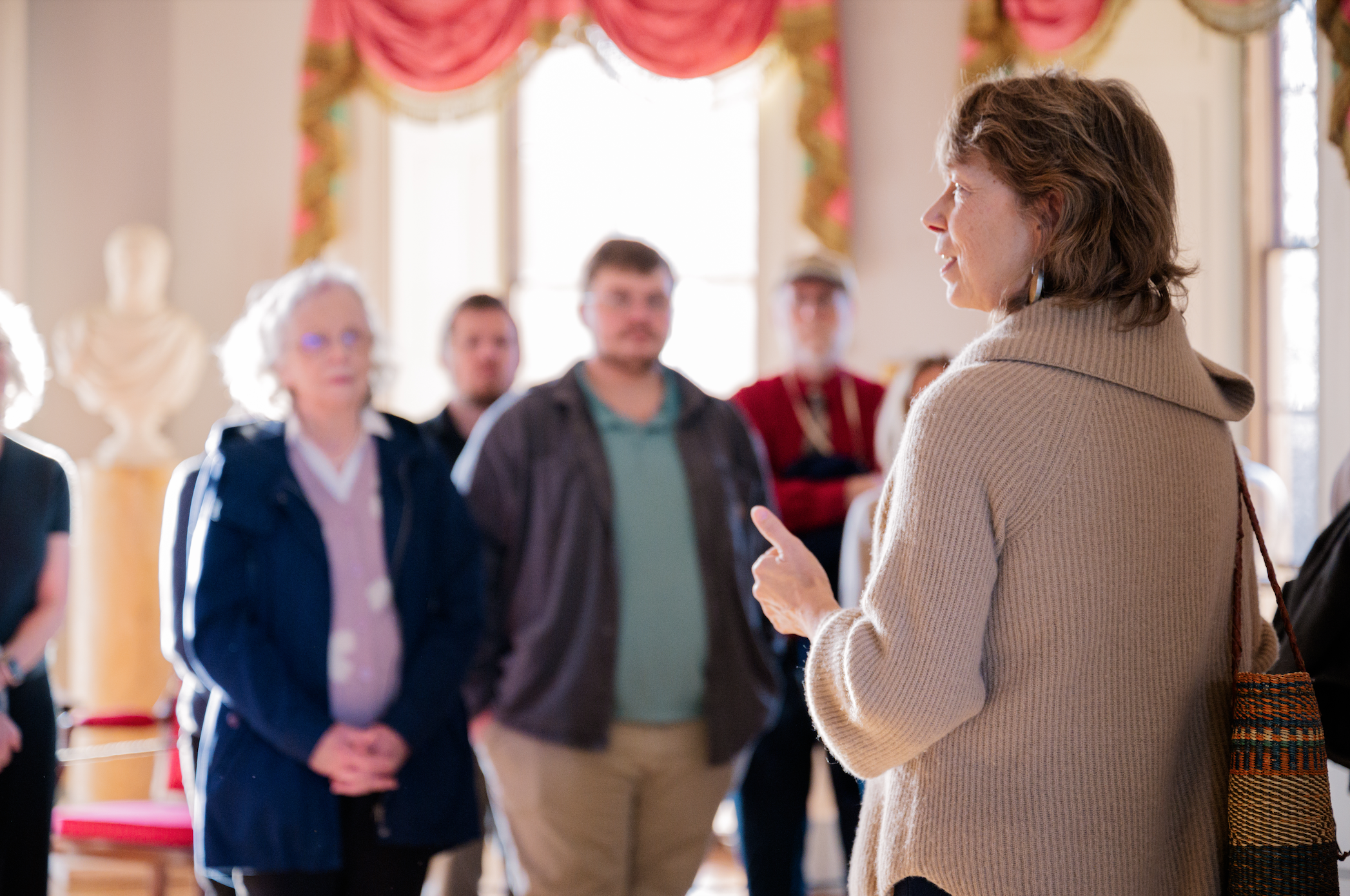Meandering on a Friday night through the packed paths on E. Main Street, the official name of the strip most of us think of only as the Downtown Mall, it’s hard to fathom that such unquestionable success is a recent phenomenon. When The Hardware Store restaurant opened in 1976, “You could have shot a cannon down the Mall and not hit anyone,” Stan Epstein told C-VILLE in 2006, just after he and his wife Marilyn sold the building for $2.5 million.
During the groundbreaking for the five-star Landmark Hotel on the Downtown Mall, developer Halsey Minor reminisced that when he was in school in the 1980s, the only reason he came to the Downtown Mall was to buy sports equipment at the A&N store. Two decades later, the site of that store stands empty—but just about everything else Downtown is bustling. And an area of the city that once seemed slated for irrelevancy is back in the driver seat.
It’s easy to figure out why people like to live on and near the Mall: the restaurants with their outdoor seating, the entertainment both live and on film, the shops that range from Timberlake’s to Caspari, the Saturday morning farmers’ market. Along with Monticello and UVA, it’s Where We Go when we have guests in town.
Jill Williams has lived on the Mall for 20 years. “Day to day, it’s really convenient. It’s congenial. It’s just a nice place to be,” says Williams, who lives with her husband and daughter above Virginia National Bank. “Probably what’s true for us is what’s true for a lot of people Downtown, which is that it can be really hard to walk down the Mall and not run into lots of people that you know, which is part of the fun of it.”
 It’s not just a shopping mecca: The Downtown Mall has its share of people who call it home. |
The desire to be in walking distance of all the Mall has to offer has escalated prices in the area. Property managers can charge more than a grand a month for one-bedroom apartments, while several condos in the Holsinger Building on the corner of Fifth and Water streets went for more than $1 million.
 |
“It’s expensive,” says Loring Woodriff, who operates Loring Woodriff Real Estate Associates. A Downtown resident herself, she recently brokered the sale of a Holsinger penthouse. “But it’s not more expensive than the really nice neighborhoods in town that aren’t Downtown, like the Blue Ridge Road neighborhood. People are willing to pay a big premium for that quick walk to the Mall.”
It’s got everything—except groceries and a backyard
Without question, the biggest amenity missing from Downtown is a grocery store. In 2005, Trader Joe’s lovers circulated a petition encouraging the yuppie grocery chain to set up shop in the Frank Ix Building, but the California company says Charlottesville isn’t on its two year plan. UVA grad students concocted redevelopment schemes for the Martha Jefferson Hospital that included space for a grocery store, but even if that did happen, it’s still five to 10 years away. For the foreseeable future, Downtown residents will have to hop in the car for a Harris Teeter run.
 The Holsinger Building just off the Mall represents the type of mixed-use development that’s become prevalent in recent years. |
For despite the walkability, few residents seem to do without a car entirely. Parking is included with most condos, though that parking can be a small hike—the Court Square condos, for instance, have parking at the Market Street lot.
Crime can be a concern. Katie Hill, 33, lives in a condo behind the Lucky Seven, and while she loves the convenience of walking to her job, on High Street, and to the Mall, she says she is careful. “I don’t like to walk alone at night,” says Hill. “Sometimes in the early morning I get nervous, going to the gym before it gets light.”
| At a glance
Distance from UVA Hospital: 1.5 miles |
On the Mall itself, the high level of street activity mitigates some fears. “There’s so much life Downtown that I’m not really worried about crime,” says Williams, noting they’ve never had a break-in and that the last vandalism was about 15 years ago. “Most of the crime we get to watch involves stupid bar fights.”
What makes the Mall area attractive to the rest of us also makes it attractive to the homeless, who tend to frequent Lee Park and the library as well as the Mall. There are plans in place for a homeless day shelter in the former First Christian Church building on the corner of Second Street NW and Market Street.
“There are neighbors that are frightened by the prospect of when the day shelter opens, that it will bring more people into the area that otherwise wouldn’t come,” says Colette Hall, president of the North Downtown Residents Association, who notes that the association isn’t opposed to it.
Downtown condo or apartment living does involve one major tradeoff: the backyard. “I don’t miss mowing the grass, but I miss having the grass to roll around in and kick a soccer ball on,” Williams says.
She notes that her daughter, a freshman at Charlottesville High School, isn’t much of an athlete. “She’s more of an interior person, and has a fair complexion to go with it,” says Williams. “I suppose it might have been different had she grown up in a regular house on a regular street.”
Ever in flux
Developers have lined up in recent years to cash in on the success of the Mall, and with the streets north of the Mall largely built out, they have eyed the other edges. Numerous projects are in the works that would extend the Mall’s reach—the Coal Tower project on 10th Street pushing out the eastern boundary, a proposed nine-story tower trying to take the western border beyond McIntire Road. But the southern side is where developers are expending the most effort (and capital), with a slate of condo projects that include three nine-story buildings—Waterhouse, 201 Avon St. and 600 Water St.—as well as the Gleason building.
It remains to be seen how successful those extending efforts will be. Construction hasn’t begun in most cases, and the Gleason has had to push back groundbreaking dates.
 Historic architecture has its place here, too, though not always with on-site parking. |
“It’s a little less proven,” says Woodriff. “[The Gleason] is a condo that’s on the other side of the Mall, and it’s next to public housing and it’s got a premium pricetag. It’s pre-sold a lot of units, but it’s a little different than the Queen Charlotte or the McGuffey, which are on the other side of the Mall.”
Which brings us to one of the risks of buying Downtown: It is, and promises to be, a neighborhood in flux. The city does its part to pledge undying support to the Mall by spending big bucks on brick renovation ($7.5 million) or Mall cameras (a more modest $300,000), and current trends away from auto-oriented development and towards urban cores seem here to stay. But keep in mind while putting down $800,000 for some luxury condo: Its future value is tied to the shopping, dining and entertainment preferences of the fickle American consumer.




